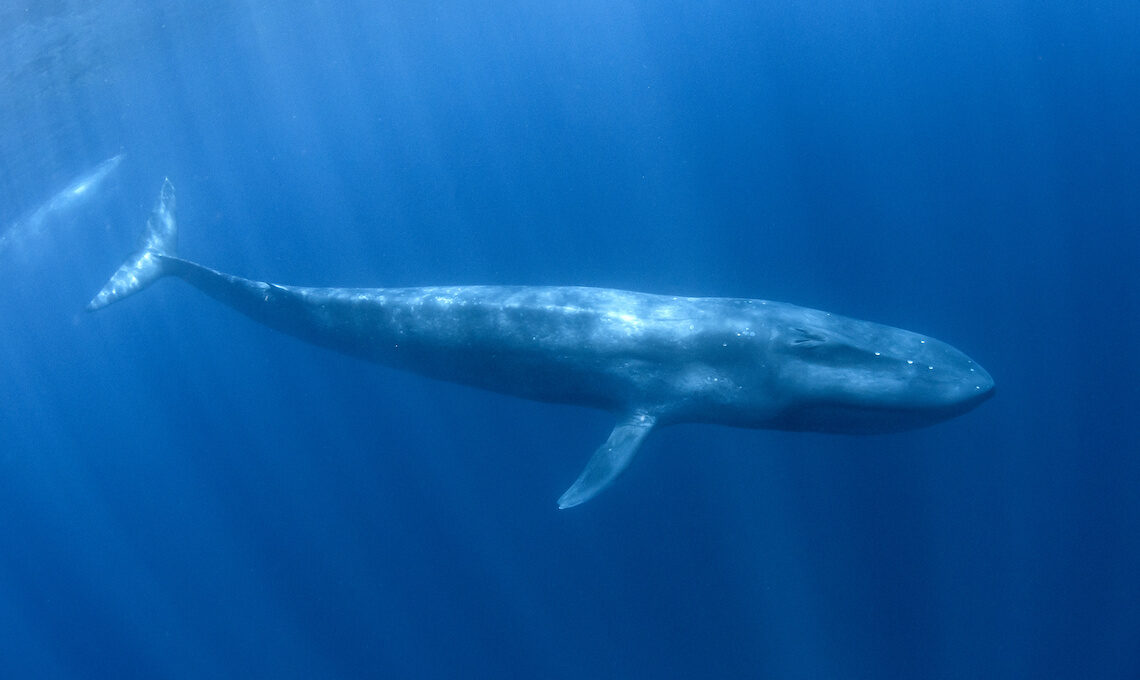
Sub-sea cables are the new science instruments
In July 2022, Norwegian researchers were the first in the world to publish a scientific article based on use of an optic sub-sea fibre cable to monitor the sounds made by whales. This marine science breakthrough announces a new trend: using sub-sea cables as scientific instruments for collecting environmental and other data which would otherwise be either impossible or extremely costly to obtain.
More than 1.2 million km of cable systems are operated by the global telecommunications industry. If they were one cable, this cable could be wrapped around the Earth 30 times.
Sensors on sub-sea cables may provide data relevant to issues such as climate change, earthquake prediction, and tsunami hazard mitigation. For example, sensors exist which can measure temperature, pressure, and seismic acceleration.
Replacement or expansion cables are installed at intervals ranging from a few years on major routes to 10-15 years on minor routes. Thus, there is an opportunity on most or all cables to introduce sensor capabilities within the next 5-10 years.
Eavesdropping on the blue whale
The Norwegian whale research was conducted in the Svalbard archipelago, where blue whales and other large whale species forage during summer. The project was led by researchers from the Norwegian University of Science and Technology (NTNU) in collaboration with Sikt, the national research and education network (NREN) of Norway. The project also included Alcatel Submarine Networks Norway.
Sikt provided access to 250 km of subsea fibre optic cable connecting the main town Longyearbyen and the Ny-Ålesund research station at Svalbard. The cable stretches from the Isfjorden fiord into the open ocean. In the project, a 120 km section of the cable was turned into a hydrophonic array.
During the experiment, Sikt provided high-data communication capacity allowing near real-time streaming of raw data.
“Based in Trondheim, the researchers could almost instantly start studying the signal recordings from the sea outside Svalbard. This is a very good example of a paradigm shift in distributed data collection. What has been done at Svalbard paves the way for rolling out more of these kinds of fibre optic sensors as permanent infrastructure,” explains Olaf Schjelderup, head of Sikt’s network and co-author of the scientific paper on the whale monitoring.
United Nations task force
The first serious suggestions for using sub-sea cables as science tools were made around 2010. Two years later, three United Nations agencies established a joint task force to facilitate the concept under the acronym SMART (Science Monitoring And Reliable Telecommunications).
“SMART sensors would “piggyback” on the power and communications infrastructure of a million kilometres of undersea fibre optic cable and thousands of repeaters, creating the potential for seafloor-based global ocean observing at a modest incremental cost,” as stated by a large group of researchers on behalf of the UN task force in the scientific journal Frontiers in Marine Science.
Besides study of marine life, another much-anticipated application is seismology. Earthquakes are notoriously very difficult to predict. According to the UN task force on SMART cables, a 300 % improvement in earthquake modelling will be possible by deploying SMART cables in some critical sub-oceanic regions.
Arctic connections
Currently, the five European Nordic NRENs (national research and education networks) and their joint international arm NORDUnet are engaged in preparations for two new connections in Arctic waters. The Far North Fibre (FNF) is a link through the North-West Passage between Greenland and North America to the Bering Strait, splitting up to reach Japan and North America respectively. And Polar-Connect is a link on a direct route east of Greenland, to the same destinations.
Adding sensor functionality to the upcoming Arctic connections could be interesting, according to CEO Valter Nordh, NORDUnet:
“Due to the harsh conditions and associated high costs, scientific monitoring of the Arctic region is scarce. Thus, the new connections could provide significant amounts of new information if equipped with the relevant sensors.”
However, it is too early for decisions on the subject, Valter Nordh emphasises:
“A model for funding and responsibility for the sensors has not yet been found. Also, various regulatory issues need to be addressed. Still, the potential is huge, and I am certain that “smart” cables is something we will see more of.”
For more information please contact our contributor(s):


